GIVE NOW before 2025 ends—your gift will be doubled to help children in need. Click here to 2x your impact!
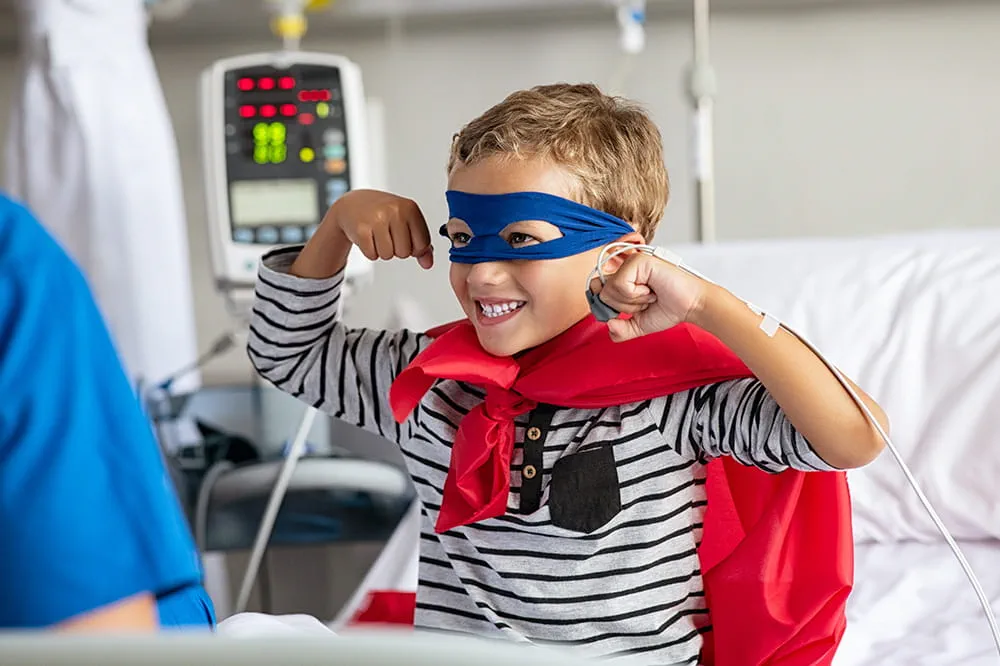
Ranked nationally in pediatric care.
Arkansas Children's provides right-sized care for your child. U.S. News & World Report has ranked Arkansas Children's in seven specialties for 2025-2026.
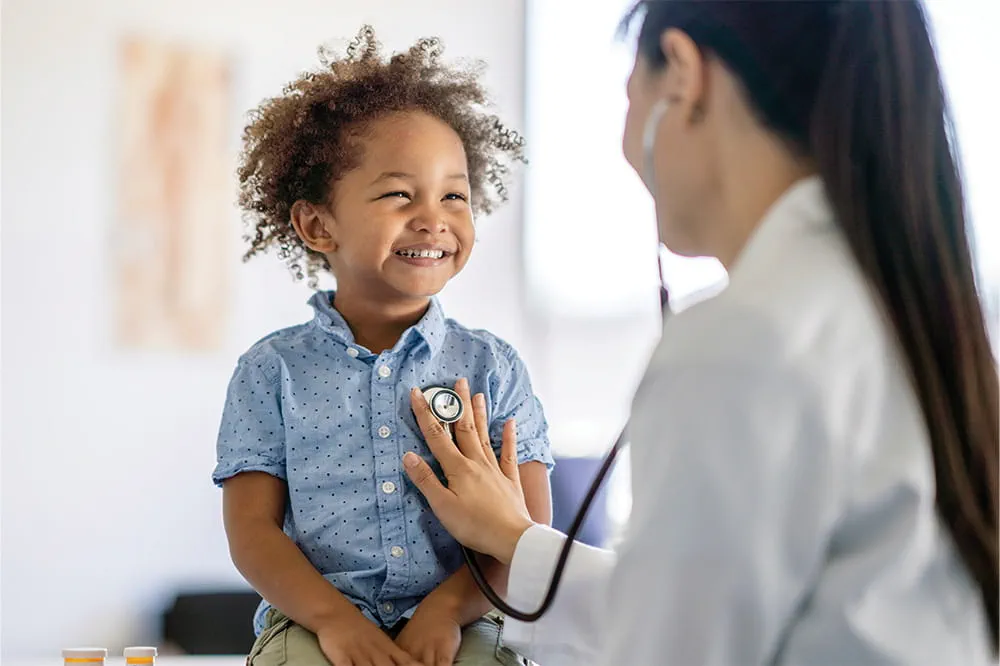
It's easier than ever to sign up for MyChart.
Sign up online to quickly and easily manage your child's medical information and connect with us whenever you need.
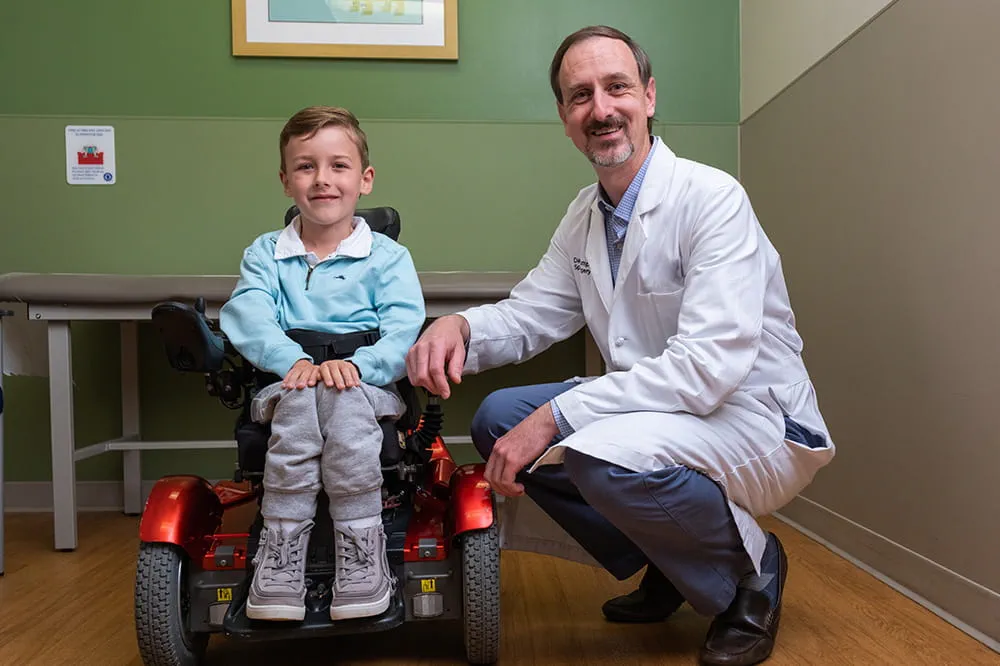
We're focused on improving child health through exceptional patient care, groundbreaking research, continuing education, and outreach and prevention.
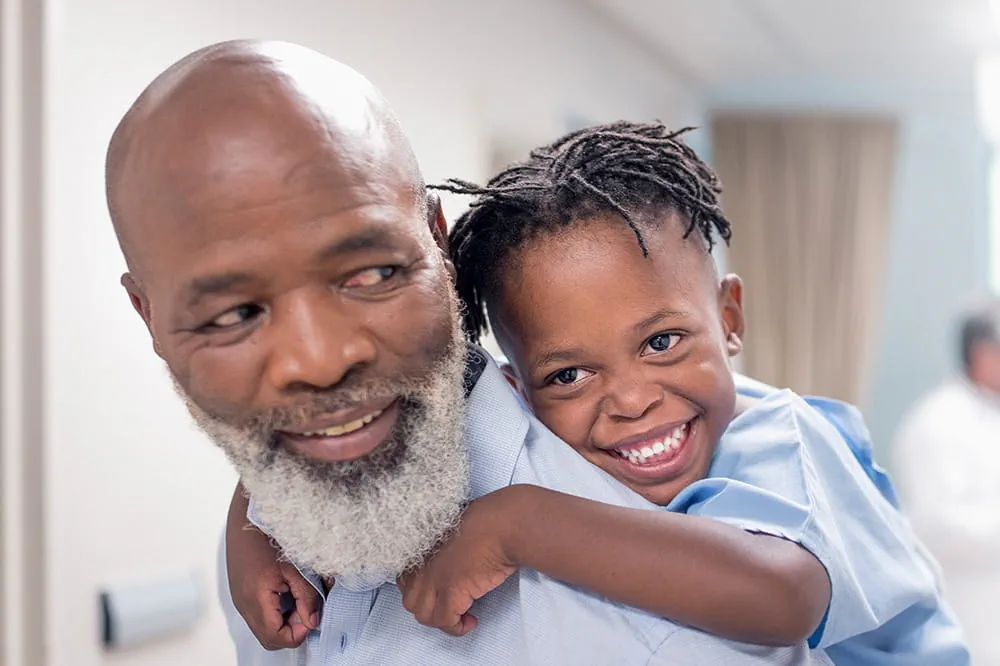
When it comes to your child, every emergency is a big deal.
Our ERs are staffed 24/7 with doctors, nurses and staff who know kids best – all trained to deliver right-sized care for your child in a safe environment.
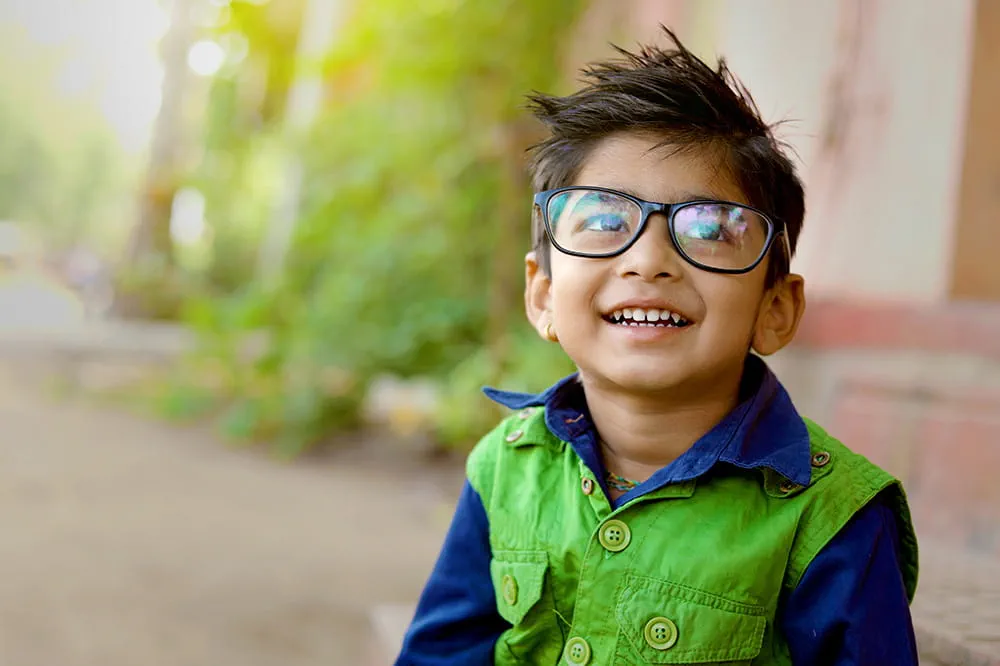
Arkansas Children's provides right-sized care for your child. U.S. News & World Report has ranked Arkansas Children's in seven specialties for 2025-2026.

Looking for resources for your family?
Find health tips, patient stories, and news you can use to champion children.

Support from the comfort of your home.
Our flu resources and education information help parents and families provide effective care at home.

Children are at the center of everything we do.
We are dedicated to caring for children, allowing us to uniquely shape the landscape of pediatric care in Arkansas.
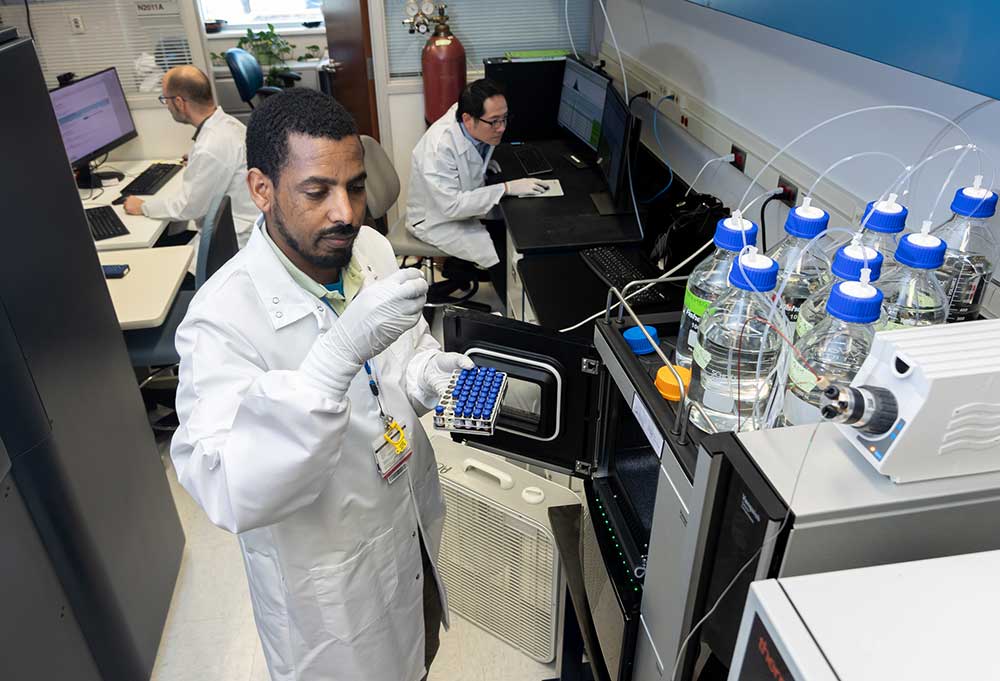
Transforming discovery to care.
Our researchers are driven by their limitless curiosity to discover new and better ways to make these children better today and healthier tomorrow.

We're focused on improving child health through exceptional patient care, groundbreaking research, continuing education, and outreach and prevention.
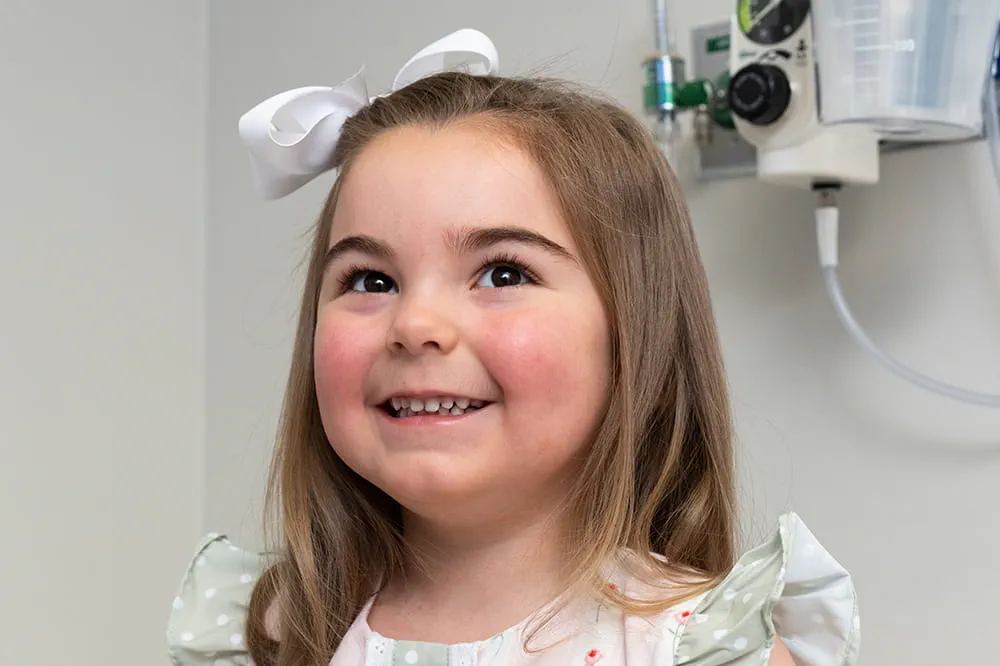
Then we're looking for you! Work at a place where you can change lives...including your own.
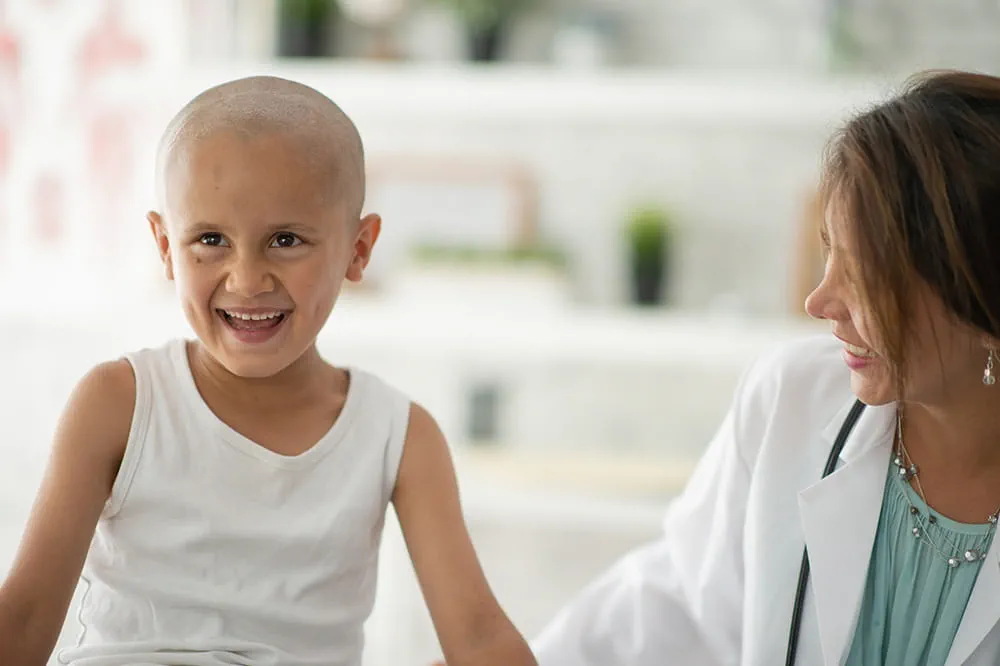
When you give to Arkansas Children's, you help deliver on our promise of a better today and a healthier tomorrow for the children of Arkansas and beyond
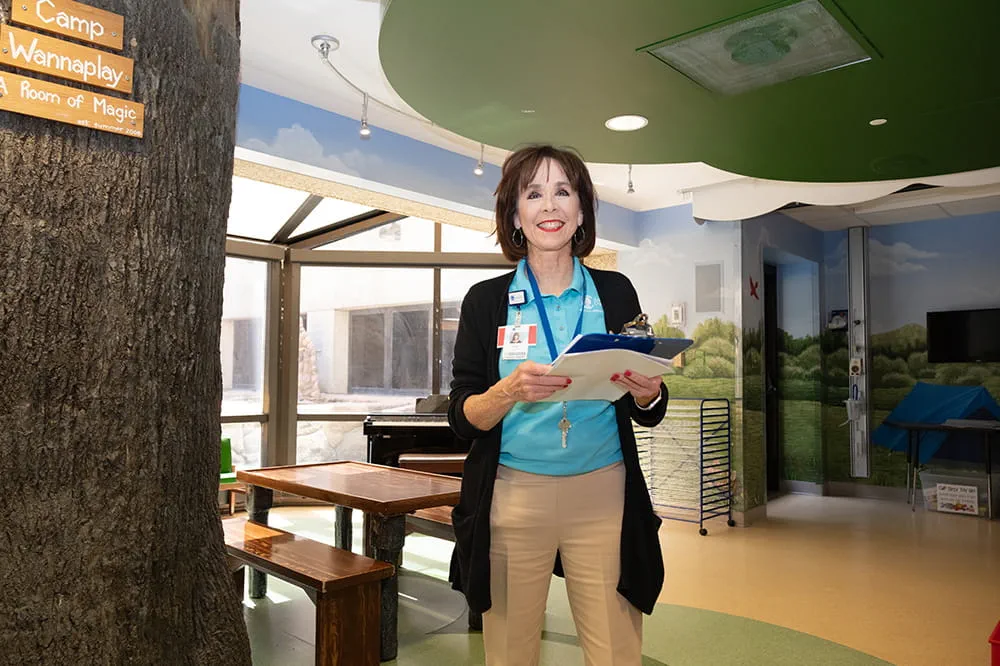
Become a volunteer at Arkansas Children's.
The gift of time is one of the most precious gifts you can give. You can make a difference in the life of a sick child.
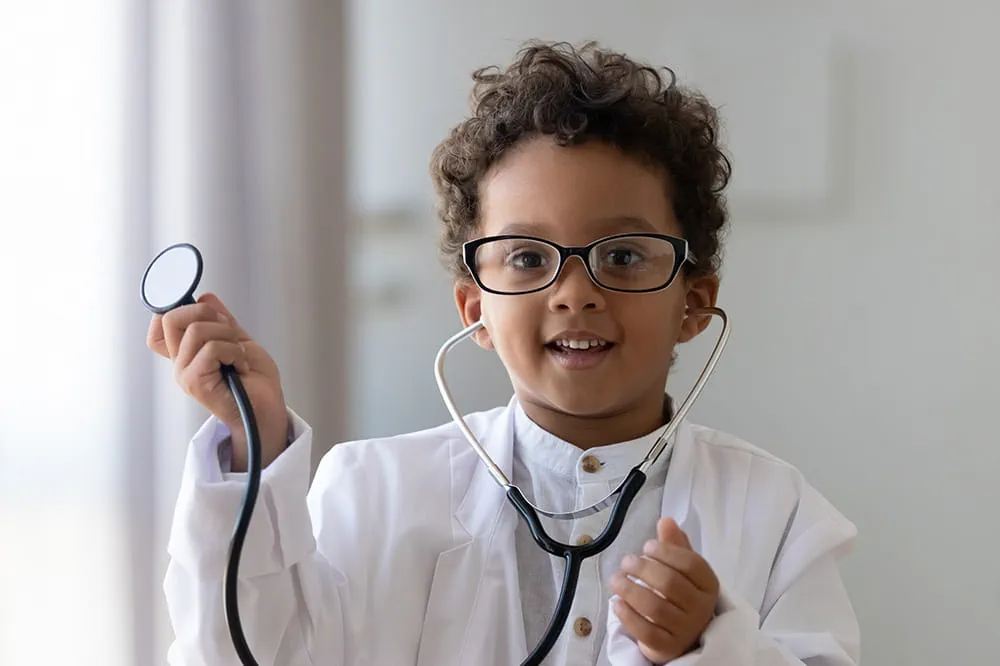
Join our Grassroots Organization
Support and participate in this advocacy effort on behalf of Arkansas’ youth and our organization.

Learn How We Transform Discovery to Care
Scientific discoveries lead us to new and better ways to care for children.

Learn How We Transform Discovery to Care
Scientific discoveries lead us to new and better ways to care for children.

Learn How We Transform Discovery to Care
Scientific discoveries lead us to new and better ways to care for children.

Learn How We Transform Discovery to Care
Scientific discoveries lead us to new and better ways to care for children.

Learn How We Transform Discovery to Care
Scientific discoveries lead us to new and better ways to care for children.

Learn How We Transform Discovery to Care
Scientific discoveries lead us to new and better ways to care for children.
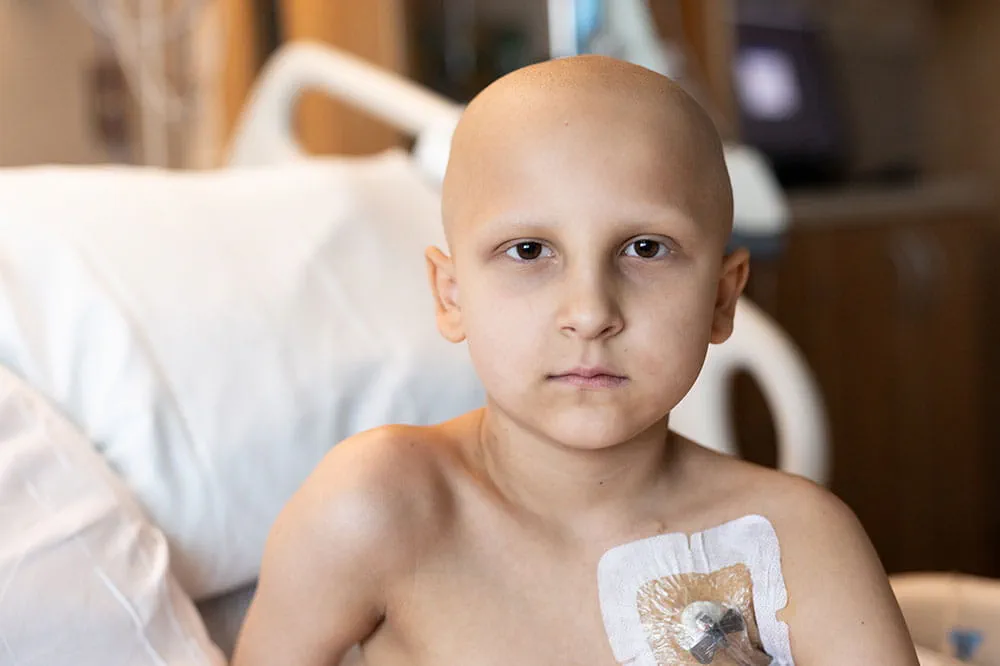
When you give to Arkansas Children’s, you help deliver on our promise of a better today and a healthier tomorrow for the children of Arkansas and beyond.
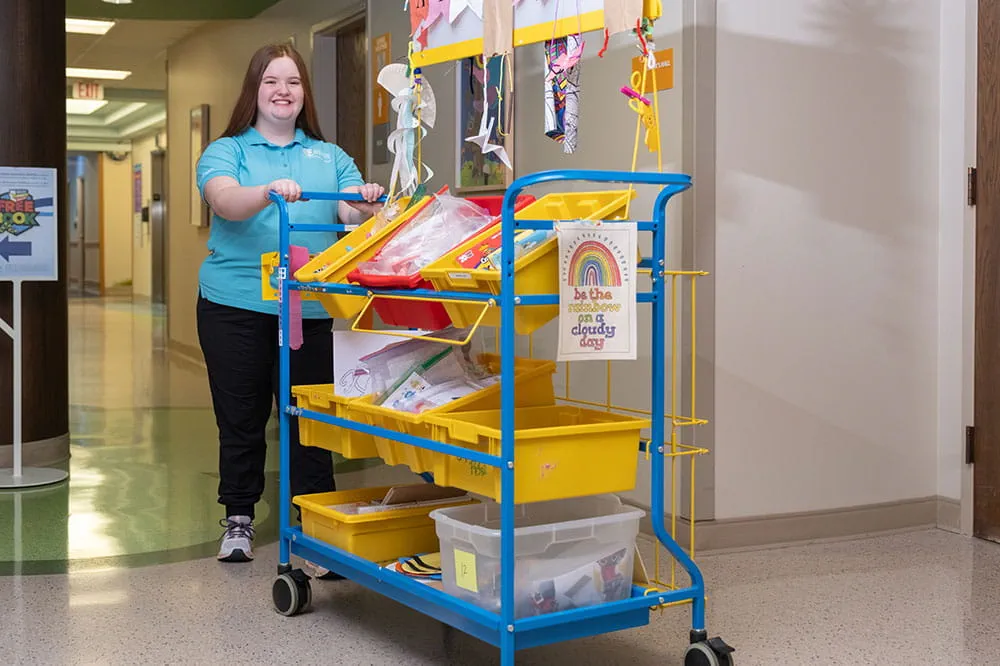
Your volunteer efforts are very important to Arkansas Children's. Consider additional ways to help our patients and families.

Join one of our volunteer groups.
There are many ways to get involved to champion children statewide.

Make a positive impact on children through philanthropy.
The generosity of our supporters allows Arkansas Children's to deliver on our promise of making children better today and a healthier tomorrow.
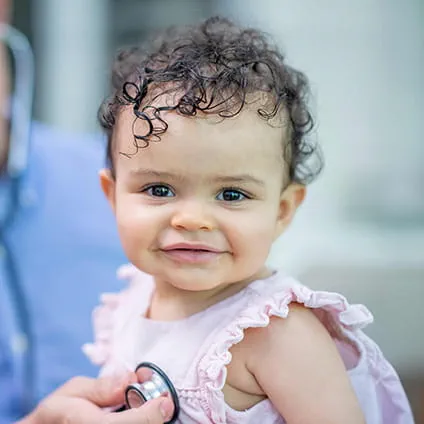
Read and watch heart-warming, inspirational stories from the patients of Arkansas Children’s.
Hello.
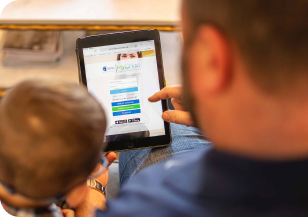
Arkansas Children's Hospital
General Information 501-364-1100
Arkansas Children's Northwest
General Information 479-725-6800

Hip Dysplasia
What is hip dysplasia?
Hip dysplasia occurs when the hip joint does not develop properly. The hip is a ball-and-socket joint. Normally, the "ball," or top of the thigh bone, fits securely into the hip socket. In children with hip dysplasia, the hip socket is too shallow, causing the thigh bone to slip either partially or completely out of the socket. This can range from a mild abnormality to a dislocated hip. Some children are born with hip dysplasia, known as developmental dysplasia of the hip (DDH), and others develop it as they grow.What are the signs and symptoms of hip dysplasia?
Severe cases of DDH are usually diagnosed soon after birth during a routine physical exam. Ultrasound testing may be performed to help diagnose hip dysplasia in newborns up to 6 months of age. Symptoms in children with mild hip dysplasia may not be noticeable until they grow and become more active. In these cases, the instability of the hip joint can cause damage to the cartilage in the joint, which will become increasingly painful over time.
Symptoms of hip dysplasia in infants can include:
- One leg that appears shorter than the other
- A popping sensation when moving the hip, which may occur during diaper changing
Symptoms of hip dysplasia in teens and young adults can include:
- A clicking sound in the hip
- Knee pain
- A limp
- Hip or groin pain
What causes hip dysplasia?
Experts do not know the exact cause, but there are several factors that may increase a child’s risk of hip dysplasia:
- A family history of hip dysplasia
- Gender—girls are two to four times more likely than boys to have hip dysplasia
- Birth order — the uterus may be tighter for first born babies which can affect the development of the hip
- Breech position during pregnancy
- Tight swaddling of the legs in a straight position
How is hip dysplasia treated?
Treatment of hip dysplasia depends on your child's age and the severity of their condition. Early treatment can help reduce your child's risk of pain and loss of function later in life. Your pediatric orthopedic provider at Arkansas Children's is experienced in hip dysplasia and will work with you to come up with the best treatment plan for your child.
- Non-surgical hip dysplasia treatment in infants:
- Babies 3 months or younger that have a relatively stable hip may not need any treatment. Your baby's provider will monitor their hip joint to make sure it develops properly.
- A Pavlik harness may be used to treat hip dysplasia in younger infants. The harness holds the hip in place, while still allowing for some leg movement. Typically, the harness must be worn 24/7 for several weeks. Your baby's provider may do exams during and after treatment to check the development of the hip joint.
- If treatment using a Pavlik harness does not work, your baby's provider may suggest an abduction brace. Abduction braces are more rigid than Pavlik harnesses and can be used on older infants. If treatment still is unsuccessful, your baby may need surgery.
- Surgical hip dysplasia treatment in infants:
- Closed reduction: In this procedure, the hip joint is set in place under anesthesia followed by application of a spica cast to hold the hip in place. The cast typically starts at the chest and extends down to the ankle of the affected leg. Most babies wear the spica cast for about 3 to 6 months. The cast may be changed as your baby grows.
- Open reduction: If closed reduction is not successful, your provider may recommend open reduction surgery. In this procedure, the surgeon makes an incision in the hip to visualize and reposition the joint. The procedure may vary slightly depending on your child’s specific condition. Your baby will need to wear a spica cast during the healing process.
- Treatment options for teens and young adults:
- Many cases of mild to moderate hip dysplasia in adolescents and young adults can be treated with physical therapy and nonsteroidal anti-inflammatory drugs (NSAIDs). If pain continues, your doctor may recommend surgery.
- Surgery to treat hip dysplasia in adolescents and young adults is called periacetabular osteotomy. The goal of this procedure is to reduce pain and improve hip function.
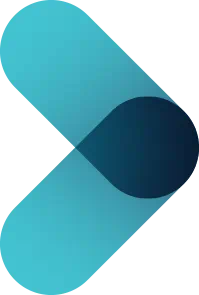
Appointments
New and existing patients can visit our appointment hub for several ways to request an appointment, including online scheduling for many services.
Request an appointment
